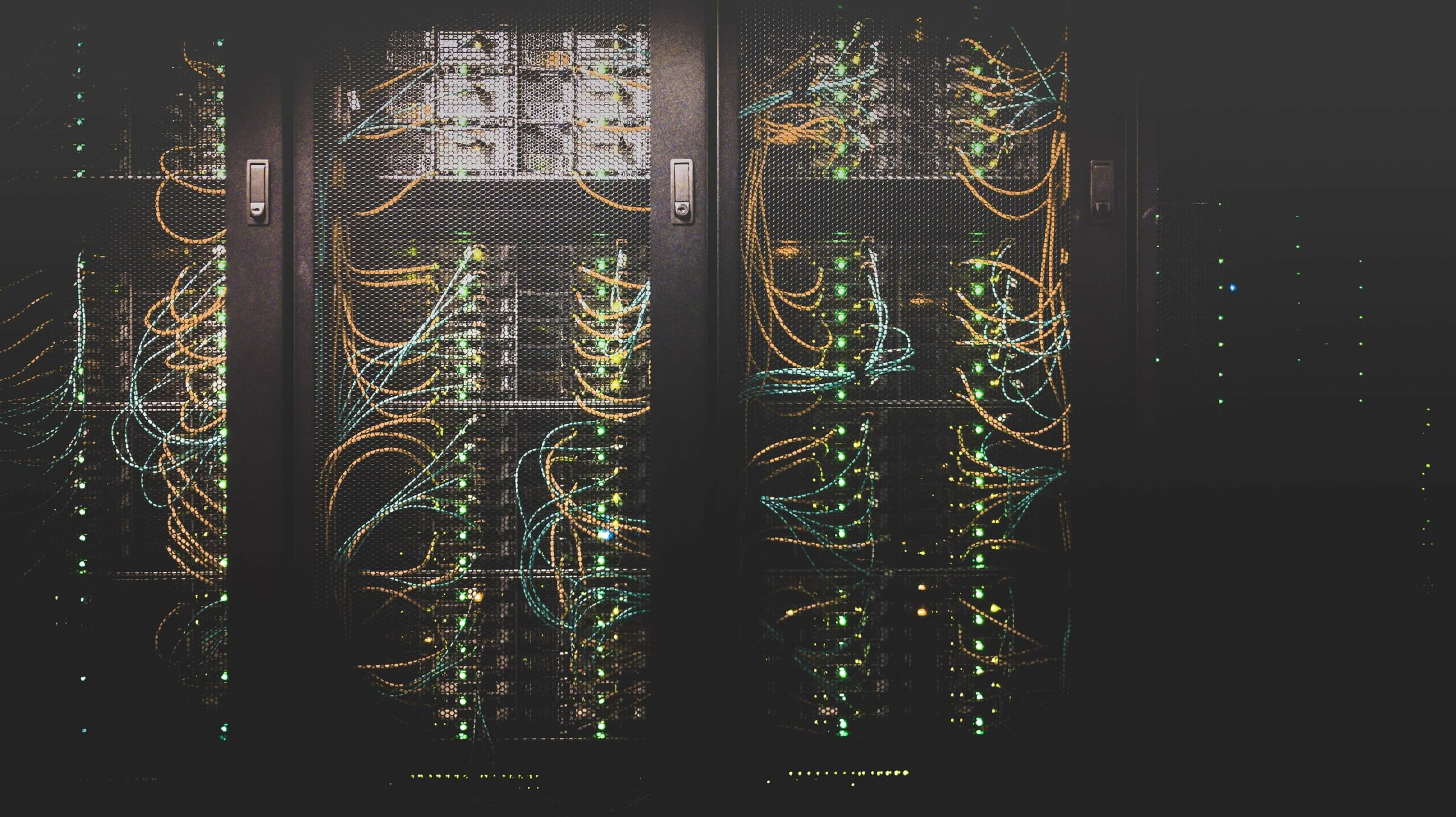A large data center hosts thousands of servers, many types of networking equipment, miles of cabling, and the power and cooling hardware to keep it all running. As you can imagine, all that infrastructure needs space, organization, and protection. Data center racks and cabinets are among the most fundamental components of data center organization.
What Is a Data Center Rack?
A data center rack is a frame designed to house IT equipment. Racks are typically made of steel or aluminum and have standardized dimensions to ensure interoperability with various equipment. The primary purpose of a data center rack is to facilitate the efficient organization and storage of IT hardware while providing proper airflow and easy access for maintenance and upgrades.
What Is a Data Center Cabinet?
A data center cabinet, sometimes called an enclosure, is a protective structure that houses IT equipment. The main difference between a rack and a cabinet is that cabinets have doors, side panels, and a top cover, providing additional security and protection from external factors such as dust, temperature fluctuations, and unauthorized access. Cabinets often have extra features, including integrated cooling, cable management, and power distribution.
What Is a Data Center Cage?
A data center cage is a secure, designated area within a larger data center facility that provides an extra layer of physical security and separation for clients with specific requirements. Cages are typically made of wire mesh fencing or metal panels, creating a locked enclosure in which a client’s racks and cabinets are installed. These cages vary in size and configuration, often accommodating multiple racks.
Data Center Rack and Cabinet Sizes
Colocation data centers often charge by the amount of rack or cabinet space your hardware uses, so it’s essential to consider its size and compatibility with standard rack and cabinet dimensions.
Data center rack and cabinet height are commonly measured in rack units (U). A single rack unit is equal to 1.75 inches (44.45mm). Equipment that goes in racks and cabinets is manufactured in rack unit heights, so you’ll often see servers described as 1U, 2U, or other rack unit multiples. The typica rackl height ranges from 42U to 48U, but smaller sizes are available depending on specific requirements.
Racks are also standardized in terms of width and depth. The standard width of a rack is 19 inches. That refers to the mounting width into which equipment is installed. The total width of 19-inch racks from one outside edge to the other is usually 24 inches. The depth of a rack can vary, but typical sizes are 24 inches, 29 inches, 42 inches, and 48 inches.
Additional Data Center Equipment
Apart from the racks and cabinets, several other essential components are often employed within a data center to ensure smooth and efficient operation. Some of these components include:
Rails
Rails mount IT equipment within the rack, allowing for a secure and organized installation. Rails come in different sizes and types, such as fixed, adjustable, or sliding, depending on the needs of the data center and its customers.
Cable Management
Proper cable management is essential to maintaining a well-organized and efficient data center. Various cable management tools and accessories, such as cable trays, vertical and horizontal cable managers, and cable ties, help keep power and data cables neat and tidy. This reduces the risk of tangled cables and ensures optimal airflow.
Power Distribution
Power distribution units (PDUs) manage the electrical power supply within a data center. PDUs can be mounted on a rack to distribute power to the devices housed within that rack. This ensures that each device receives a stable and secure power source while allowing for easy monitoring and power management.
Cooling Systems
The heat generated by IT equipment must be efficiently dissipated to prevent overheating and maintain stable operating conditions. Cooling systems such as fans, air conditioners, and liquid cooling solutions are employed to achieve this goal, with some cabinets featuring integrated cooling systems for increased efficiency.
If you’d like help understanding the rack and cabinet options available for your colocated equipment, get in touch with our colocation specialists, who will be happy to advise you.
